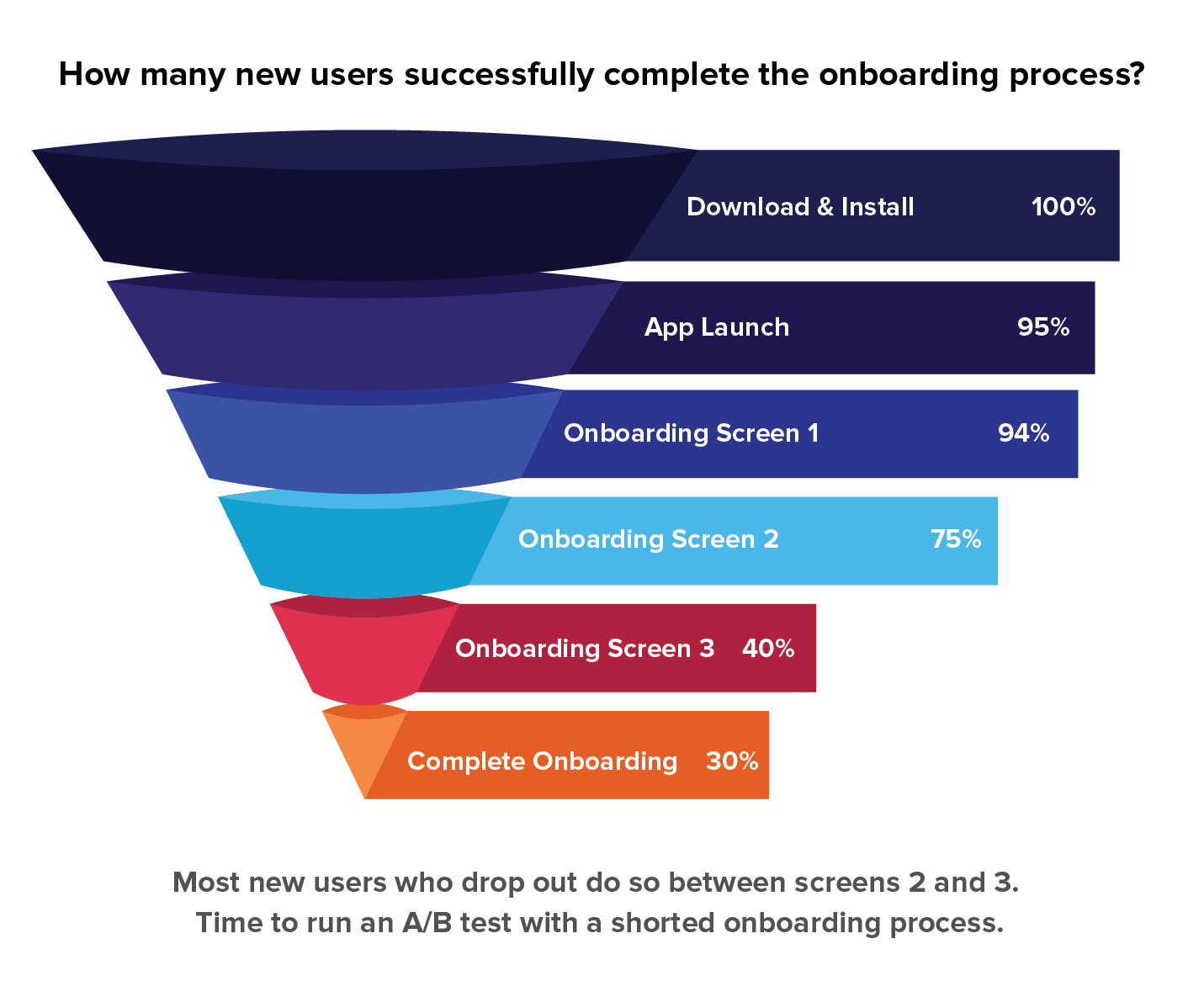The Role of Data Analytics in Marketing and Sales Funnel Optimization
Data analytics is central to optimizing both marketing and sales funnels, enabling businesses to move beyond intuition and make evidence-based decisions that drive conversions, reduce drop-offs, and maximize return on investment (ROI). By systematically analyzing user behavior, businesses can identify bottlenecks, tailor experiences, and continuously refine their strategies for better performance.
Key Components of Funnel Optimization
Funnel Analysis
Funnel analysis tools (e.g., Google Analytics, Amplitude, Contentsquare) allow businesses to map the customer journey, visualize where users drop off, and compare conversion rates across different channels or campaigns. This helps pinpoint specific stages that need improvement, such as a high cart abandonment rate on an e-commerce checkout page.
Behavioral and Qualitative Insights
Heatmaps, session recordings, and surveys provide qualitative data about how users interact with your site, revealing UX/UI pain points and emotional responses that pure quantitative metrics might miss. For example, session replay can show if users struggle with a particular form field, leading to targeted UX improvements.
Segmentation and Personalization
Advanced segmentation allows marketers to break down funnel performance by audience characteristics (demographics, behavior, source), enabling more personalized and effective marketing strategies. Real-time data can further enhance personalization by allowing immediate adjustments to messaging and offers based on current user behavior.
A/B and Multivariate Testing
Testing different versions of landing pages, CTAs, or email subject lines helps identify what resonates best with your audience, leading to incremental gains in conversion rates. For instance, Blue Apron increased conversions by 5.5% after refreshing their recipe page based on funnel analysis insights.
Predictive Analytics
Predictive models use historical data to forecast which leads are most likely to convert, enabling sales teams to prioritize high-potential prospects and optimize resource allocation. This approach can also suggest the best timing and channels for outreach.
Real-Time Analytics and Automation
Real-time data feeds enable businesses to adapt quickly—adjusting campaigns, offers, or nurturing sequences as user behavior changes. Marketing automation platforms can trigger personalized follow-ups based on real-time interactions, shortening the sales cycle and improving lead quality.
Measurable Benefits
- Higher Conversion Rates: Identifying and addressing drop-off points directly boosts the percentage of users who complete desired actions.
- Reduced Customer Acquisition Costs: Optimized funnels mean more efficient use of marketing spend, as fewer leads are lost to friction or poor experiences.
- Improved Customer Experience: Data-driven personalization and UX improvements lead to higher satisfaction and loyalty.
- Better ROI: By focusing on high-performing channels and messages, businesses maximize the return on their marketing investments.
Best Practices
- Regularly Review Funnel Metrics: Continuously monitor key performance indicators (KPIs) such as conversion rate, bounce rate, and average order value to spot trends and anomalies.
- Integrate CRM and Analytics: Combine customer relationship management (CRM) data with funnel analytics for a unified view of the customer journey and more effective lead scoring.
- Test and Iterate: Use A/B testing and multivariate experiments to validate hypotheses and implement winning variations.
- Leverage Both Quantitative and Qualitative Data: Balance hard metrics with user feedback and behavioral observations to get a complete picture of funnel performance.
Example: Data-Driven Funnel Optimization in Action
Rappi, a delivery platform, used funnel analysis to discover that adding shipping costs caused a significant drop in conversions. By offering free shipping above a certain order value, they increased average order size by 15%.
8×8, a communications company, found that users of their Chrome extension were much more likely to convert. They improved the extension’s discoverability, leading to doubled retention.
Tools for Funnel Optimization
| Tool Type | Example Platforms | Key Functionality |
|---|---|---|
| Web Analytics | Google Analytics | Funnel visualization, segmentation, e-commerce tracking |
| Behavioral Analytics | Hotjar, Contentsquare | Heatmaps, session replay, surveys |
| CRM & Marketing Automation | HubSpot, Salesforce | Lead scoring, personalized nurturing, real-time dashboards |
| Predictive Analytics | SuperAGI, Adobe Analytics | Lead scoring, conversion prediction |
Conclusion
Data analytics transforms marketing and sales funnels from guesswork into a science. By systematically collecting, analyzing, and acting on both quantitative and qualitative data, businesses can identify friction points, personalize experiences, and continuously improve conversion rates—ultimately driving sustainable growth and competitive advantage.





